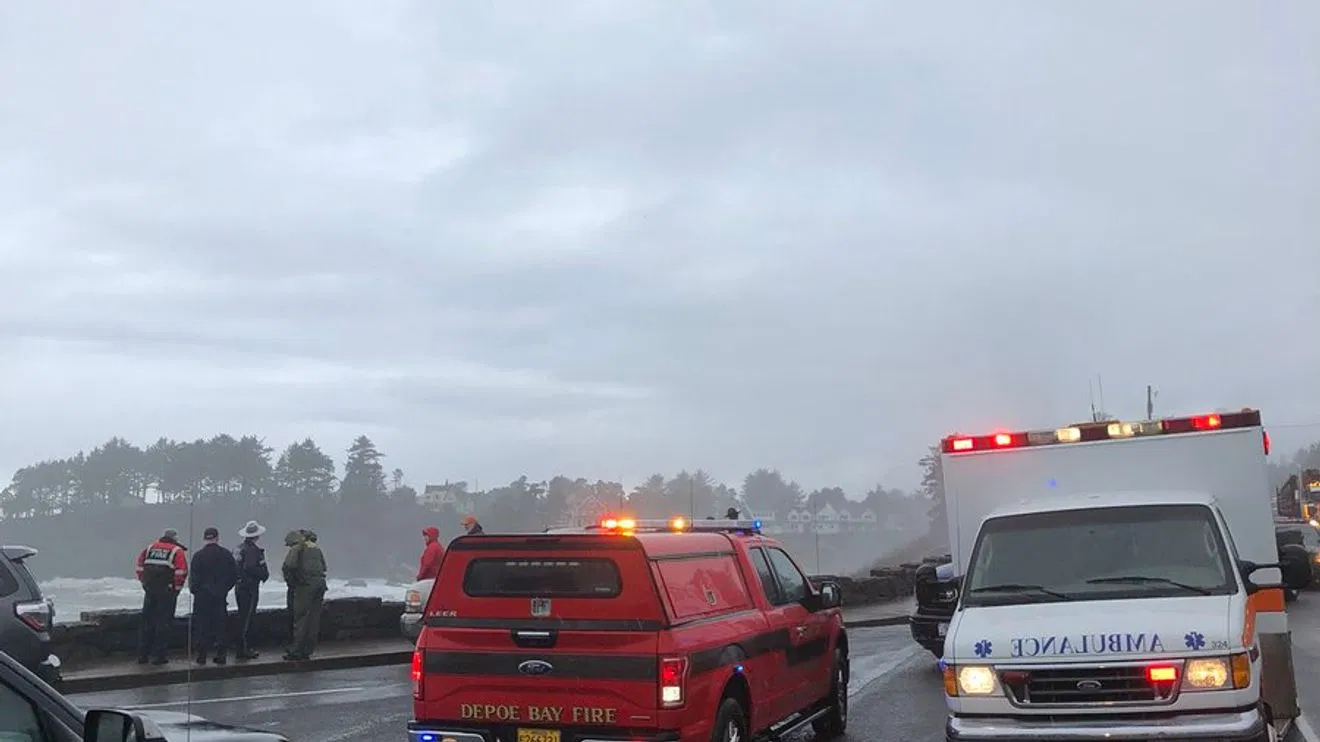 There was a time when the Salmon River estuary would not have been able to hold the flood waters from prolonged periods of rain like we have experienced this winter – not to mention if that rainfall was matched with a 10-foot tide during a full moon.
There was a time when the Salmon River estuary would not have been able to hold the flood waters from prolonged periods of rain like we have experienced this winter – not to mention if that rainfall was matched with a 10-foot tide during a full moon.
Modifications made in the 1960s to support agricultural practices blocked tidal flows, altered stream channels and drained the marshlands of water. By 1974 nearly all of the low tidal marshes of the estuary were diked, and many critical tidal streams were inaccessible to rearing salmon that relied on estuaries for their transition from freshwater to the ocean.
In 1978, the Siuslaw National Forest and its partners began working with community members to restore the natural functions of the estuary to the benefit of the salmon, plants, birds, animals and people who call it home. Last week construction begins on an interpretive site north of Lincoln City that will help visitors and residents better understand the estuary’s significance and impact.
“It’s our hope that the interpretive site will help people connect with the estuary and foster an appreciation for what a special place this is,” said Kami Ellingson, a hydrologist for the Siuslaw National Forest who has been involved with the restoration projects since 2006.
The interpretive site along North Fraser Road, near the intersection of Highways 101 and 18, will feature expanded parking with a turn-around for buses, multiple interpretive panels and a short trail providing additional vistas of the Salmon River estuary and Cascade Head. In addition to information about the area’s geology, flora, fauna and cultural significance, the site also will consist of many artistic elements portraying the sinuous tidal channels which are hidden by the marsh grasses, yet dominate the estuary.
“The story of the estuary’s recovery and how everything fits together will literally be beneath people’s feet,” Ellingson said. Restoration work has included removal of dikes and tide gates, resetting streambeds to their original paths, removing invasive species and re-establishing native plant communities. From 2007 to 2014, a housing development, an amusement park and an unfinished marina – all built right on the marsh floor – were removed.
During construction of the interpretive site, travelers should be mindful of increased construction traffic and congestion along Fraser Road. The construction is tentatively slated to be completed later this summer; however, the interpretive and artistic elements will not be completed until December. The Salmon Drift Creek Watershed Council has been instrumental in meeting with the public to develop the content and the interpretive elements to be shared at the site.
For more information about the interpretive site and restoration activities within the Salmon River estuary, contact Ellingson at 541-750-7101.
